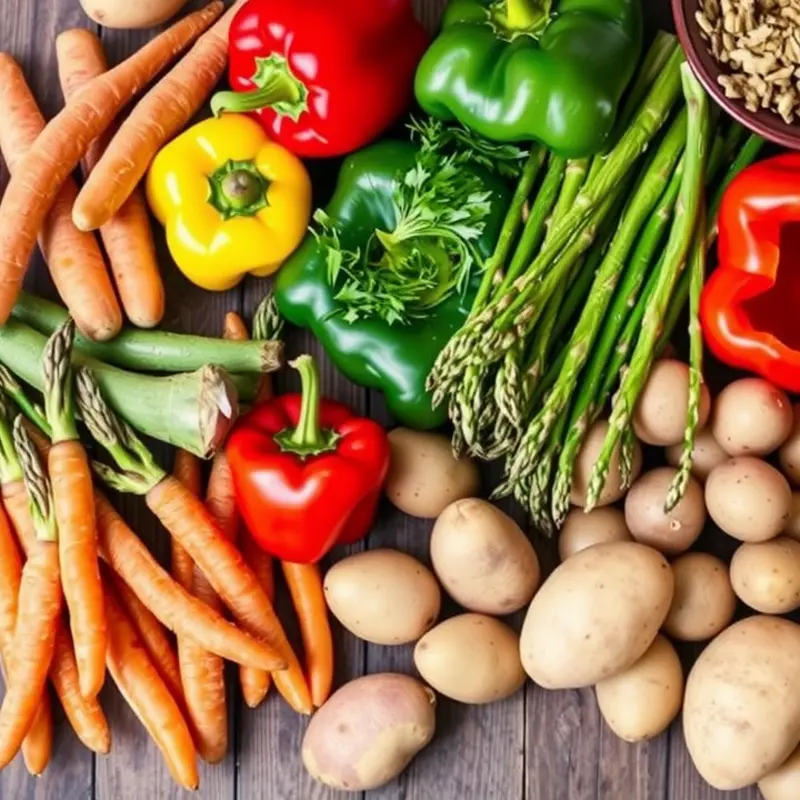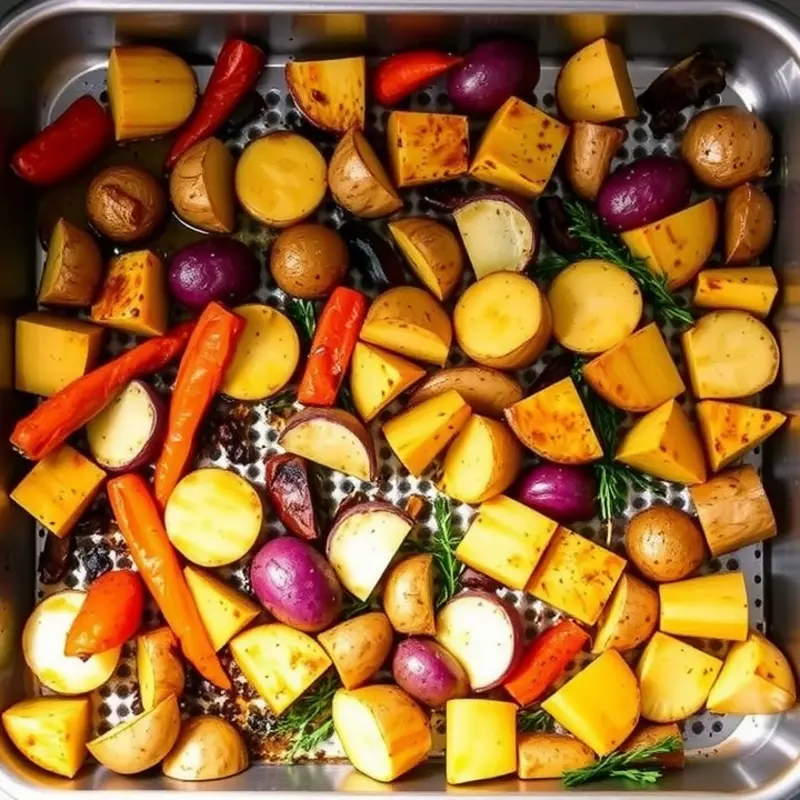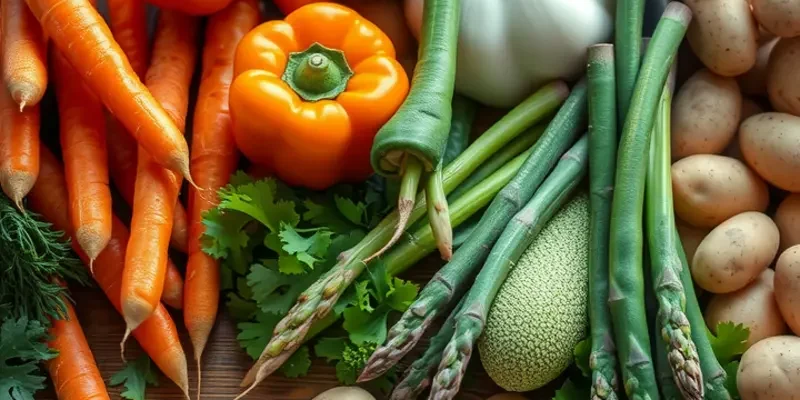Roasting vegetables is a fantastic way to enhance flavors and create a delicious side dish or main course. This method is simple enough for beginner cooks yet versatile enough to challenge seasoned chefs. With just a handful of techniques and tips, anyone can elevate their home cooking. Let’s dive into the art of quick veggie roasting and see how simple it can be.
Choosing the Right Vegetables

Roasting vegetables is all about bringing out their natural flavors through caramelization. To achieve this, start with choosing the right veggies. Look for a vibrant array of colors and freshness, as these are indicators of nutrient density and flavor. Root vegetables such as carrots, potatoes, and beets are perfect for roasting due to their dense structure. Their natural sugars brown and caramelize beautifully, offering a sweet-savory balance.
Pair these with softer vegetables like zucchini, bell peppers, and asparagus, which add not only their distinct flavors but also a visual appeal to your dish. These particular vegetables roast quickly and can complement the heartier roots by providing a variety of textures.
Seasonality plays a crucial role in flavor. Opt for seasonal vegetables whenever possible. During autumn, root vegetables and squash varieties are abundant and flavorful. In spring, you might lean towards asparagus and snap peas. Seasonal selections ensure the freshest taste and often at a more economical price.
Preparation is key to successful vegetable roasting. Start by washing all your vegetables thoroughly. Peeling is optional and depends on personal preference and the vegetable in question—for instance, peels on potatoes and carrots can add to the texture. After washing and peeling, cut vegetables into uniform pieces. Uniformity in size ensures even cooking; otherwise, smaller pieces might burn while larger ones are still undercooked.
Be mindful of the cooking times for various vegetables. Denser vegetables like sweet potatoes require a longer duration in the oven, usually around 35-40 minutes at 425°F (220°C), while more delicate greens like zucchini are perfect in about 15-20 minutes. This difference can be managed by either precooking the denser vegetables or adding the softer ones later in the roasting process.
Mixing different veggies isn’t merely a matter of aesthetics – it’s a chance to explore varying textures and flavors. Combine the earthy tones of beets and carrots with the crispness of asparagus or the juiciness of zucchini. Consider enhancing these flavors further by using functional herbs for mood stability. Simple additions can elevate your veggie roast effortlessly.
Experiment with colors and flavors while keeping in mind the different roasting times. This way, you’ll always achieve a rich and satisfying blend of taste and nutrition. For more on how to add flavor without overwhelming your dish, check out this guide on flavor boosters without salt.
Simple Roasting Techniques

Roasting vegetables efficiently brings out their natural flavors while adding delightful textures. Start by preheating your oven to 425°F (220°C) to ensure a hot environment for a perfect roast. As the oven warms up, prepare your vegetables of choice. Clean them well, peel if needed, and cut them into uniform pieces, which allows for even cooking.
Next, take a large bowl and toss the veggies with olive oil. The oil not only prevents sticking but also aids in the caramelization process, giving them a deliciously crispy exterior. Season generously with salt and pepper to enhance their flavors. Feel encouraged to introduce additional seasonings. Herbs like thyme and rosemary or spices such as garlic powder can create a more aromatic preparation.
Once seasoned, prepare your baking sheet by lining it with parchment paper. This step promises an easier cleanup afterwards, allowing more time to enjoy your meal. Spread the vegetables in a single layer on the baking sheet, making sure to leave space between pieces. This spacing is crucial, as crowding can lead to steaming rather than roasting.
Place the baking sheet in the oven and let them roast for 20-30 minutes. Keep an eye on the vegetables to prevent burning, especially if trying out new combos or adjusting thickness. Flipping halfway through ensures even browning and a more consistent texture. Aim to have your vegetables fork-tender with a satisfying caramelized crust.
Serving roasted vegetables immediately is best, but if you’re planning for later use, consider integrating them into a minimal prep dinner idea. By incorporating these easy techniques, your roasted vegetables can be a highlight on the dining table, perfect as a standalone dish or a key ingredient in countless recipes.
For more tips on simplifying meal prep, explore practical batch cooking methods that can save time and reduce stress: Practical Ingredient Batching.
Final words
Roasting vegetables is an accessible and rewarding cooking method that enhances flavor, texture, and appeal. Armed with simple techniques and a variety of vegetable options, you can create delicious side dishes that complement any meal. Remember, the key is to experiment with different flavors and seasonal ingredients. Embrace the art of roasting, and soon you’ll find it becoming a regular part of your cooking routine. Happy roasting!







